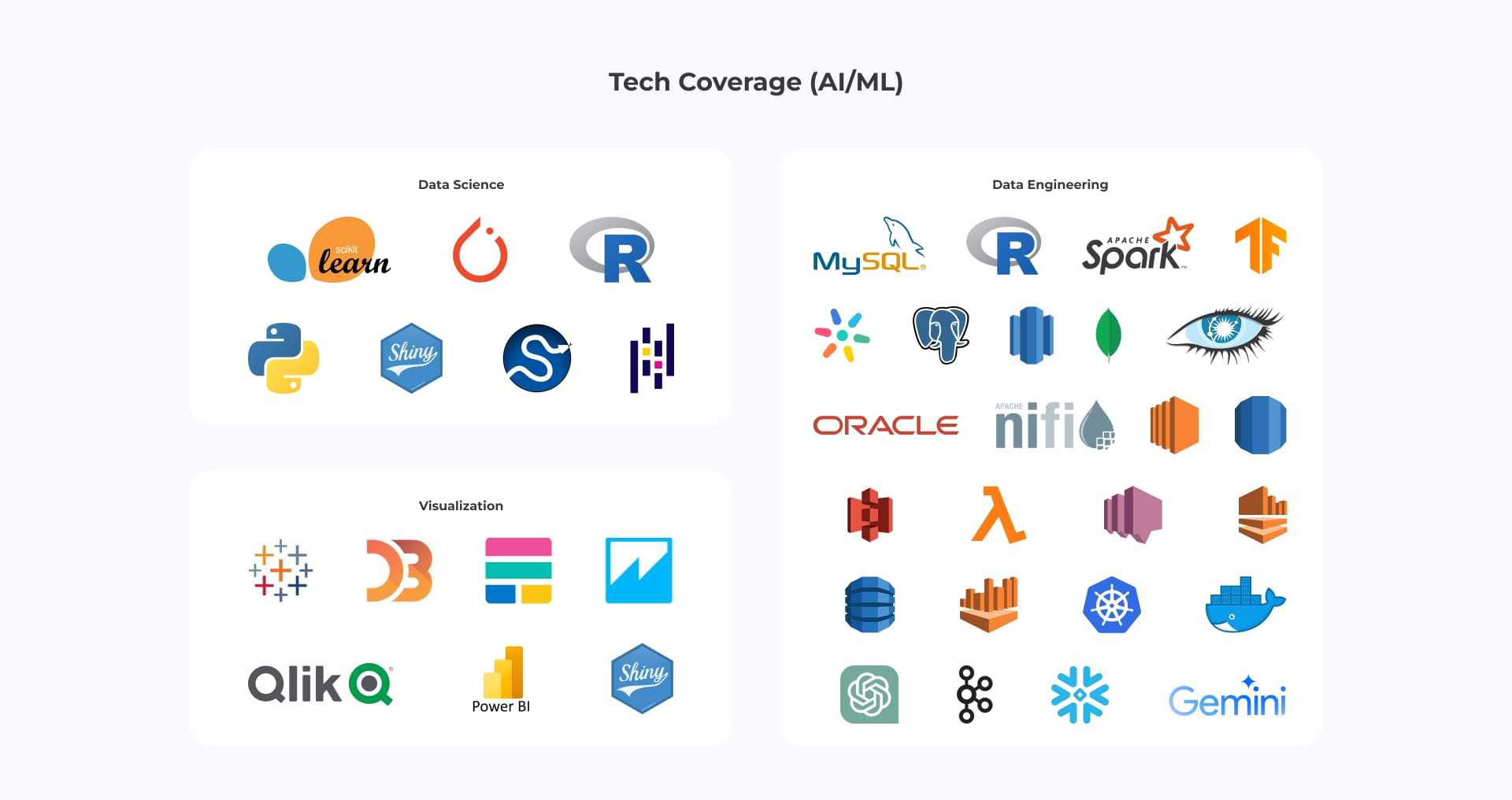Analytic Process Automation (APA): The Intersection of AI, Predictive Analytics, NLP, and Real-time Analytics
Analytic Process Automation (APA) represents a powerful convergence of technologies, including Artificial Intelligence (AI), Predictive Analytics, Natural Language Processing (NLP), and Real-time Analytics. By combining these elements, organizations can streamline operations, enhance decision-making, and unlock new growth opportunities.
Let’s connect
Book a meeting
Understanding the Components
- Artificial Intelligence (AI): As the overarching framework, AI provides the cognitive capabilities for APA systems to learn, reason, and make decisions. Machine learning algorithms, a subset of AI, enable systems to improve performance over time without explicit programming.
- Prescient Analytics: This includes utilizing authentic information to foresee future results. By analyzing patterns and trends, organizations can anticipate future events, enabling proactive decision-making and risk mitigation.
- Natural Language Processing (NLP): NLP empowers systems to understand, interpret, and generate human language. This capability is crucial for extracting insights from unstructured data such as text, emails, and social media posts.
- Real-time Analytics: The capacity to handle and analyze information as it is produced is basic for convenient decision-making. Real-time analytics provides insights into current operations, enabling organizations to respond quickly to changing conditions.
The Power of Integration
When combined, these technologies create a synergistic effect. APA systems can:
- Automate Routine Tasks: By leveraging AI and NLP, repetitive and time-consuming tasks can be automated, freeing up human resources for more strategic activities.
- Improve Decision Making: Predictive analytics and real-time analytics provide valuable insights that inform decision-making. AI can then be used to optimize decision-making processes.
- Enhance Customer Experience: By analyzing customer data in real-time using NLP and AI, organizations can better understand customer needs and preferences, leading to improved customer satisfaction.
- Identify New Opportunities: APA systems can uncover hidden patterns and trends in data, enabling organizations to identify new business opportunities and develop innovative products or services.
- Optimize Operations: By automating processes and optimizing resource allocation based on real-time data, organizations can improve efficiency and reduce costs.
Real-world Applications
APA is being applied across various industries. For example:
- Financial Services: Fraud detection, risk assessment, and customer churn prediction are areas where APA can deliver significant value.
- Healthcare: Predictive analytics can be used to forecast disease outbreaks, optimize patient care, and reduce healthcare costs.
- Retail: Personalized recommendations, inventory management, and supply chain optimization are key applications of APA in the retail industry.
- Manufacturing: Predictive maintenance, quality control, and supply chain management can be enhanced through APA.
Challenges and Considerations
While APA offers immense potential, it also presents challenges. Data quality, privacy concerns, and ethical considerations are crucial factors to address. Additionally, building and maintaining APA systems requires specialized skills and expertise.
The Future of APA
The future of APA is bright. As AI and related advances proceed to progress, we can anticipate indeed more advanced and effective APA arrangements. The integration of emerging technologies such as the Internet of Things (IoT) and blockchain will further expand the possibilities of APA.
In conclusion, Analytic Process Automation is a transformative force that is reshaping industries and driving business success. By harnessing the power of AI, predictive analytics, NLP, and real-time analytics, organizations can achieve unprecedented levels of efficiency, insight, and innovation.
Global success stories
Here are some related content that highlight our capability in delivering AI solutions that save costs as well as boost productivity.
Manufacturing 4.0:



